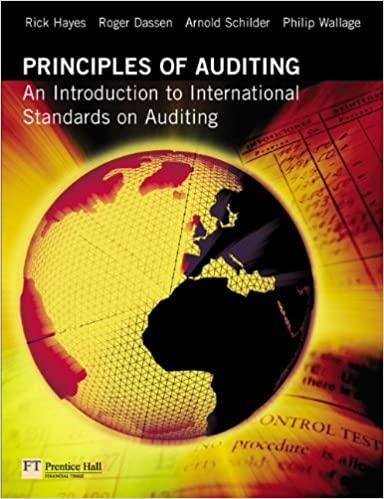


Part A. What is the yield curve? What factors drive the inversion of the yield curve? Please give some real-life examples of the inverted yield curve. Part B. Suppose you borrowed $20,000. You are going to repay the loan by making equal annual payments for five years. The interest rate on the loan is 10% per year. Prepare an amortization schedule for the loan. Q2) Part A. Both the net present value (NPV) and the internal rate of return (IRR) project evaluation techniques incorporate the same data and utilize the same time value of money theory in their computations. Given this, why is the net present value considered to be a superior measure when making capital budgeting decisions? Explain Part B. Consider the following mutually exclusive projects X and Y : Assuming a 10% rate of return, I. Which investment will you choose under the payback criterion with a threshold of 2 years? Why? II. Which investment will you choose under the discounted payback criterion with a threshold of 2 years? Why? III. Which investment will you choose under the NPV criterion? Why? IV. Which investment will you choose under the IRR criterion? Why? V. Which investment will you choose under the Profitability Index criterion? Why? VI. Which project will you finally choose? Why? Part A. Consider the following statement by a project analyst: "I analyzed my project using scenarios for the base case, best case, and worst case. I computed break-evens and degrees of operating leverage. I did sensitivity analysis and simulation analysis. I computed NPV, IRR, payback, and PI. In the end, I have over a hundred different estimates and am more confused than ever. I would have been better off just sticking with my first estimate and going by my gut reaction." Critique this statement. Part B. XYZ corp. needs to replace their old manufacturing unit. They have two options for the new manufacturing unit. Option M costs $0.6 million, has a life of 5 years, and will generate aftertax cash flows of $0.18 million every year. Option N has a cost of $1 million, 10-year life, and will generate after-tax cash flows of $0.15 million every year. Ignore the tax effects. The cost of capital is 10%. Which option (M or N ) should XYZ corp. go far? Q4) Part A. How do you think the stock market would be affected if the laws were changed so that the trading on insider information is no longer illegal? What would be the impact on the goal of the financial manager if such a change were to occur? Part B. A stock has the following year-end prices and dividends: What are the arithmetic and geometric returns for this stock? Part A. Is it possible for an asset to have a negative beta? What would the expected return on such an asset be? Why? Please give some real-life examples when assets had negative Beta (if possible)? Part B. ABC Co. paid a dividend of $5 per share. The company will increase its dividend by 10% next year and will then reduce its dividend growth rate by 2.5 percentage point per year until it reaches the industry average of 2.5% dividend growth, after which the company will keep a constant growth rate of 2.5% till eternity. If the required rate of return is 10%, what is the share price of ABC Co. today? Q6) Part A. How does the sunk cost affect capital budgeting decisions? Give some examples to discuss. Part B. Bond X is a 10% coupon paying bond. Bond Y is a 5% coupon paying bond. Both bonds have semi-annual payments, an YTM of 8%, and have 5 years to maturity. If the interest rate remains unchanged, what is the expected capital gain yields over the next year for Bond X and Bond Y









